Promwad Сhanges Driving Experience with Automotive Simulation
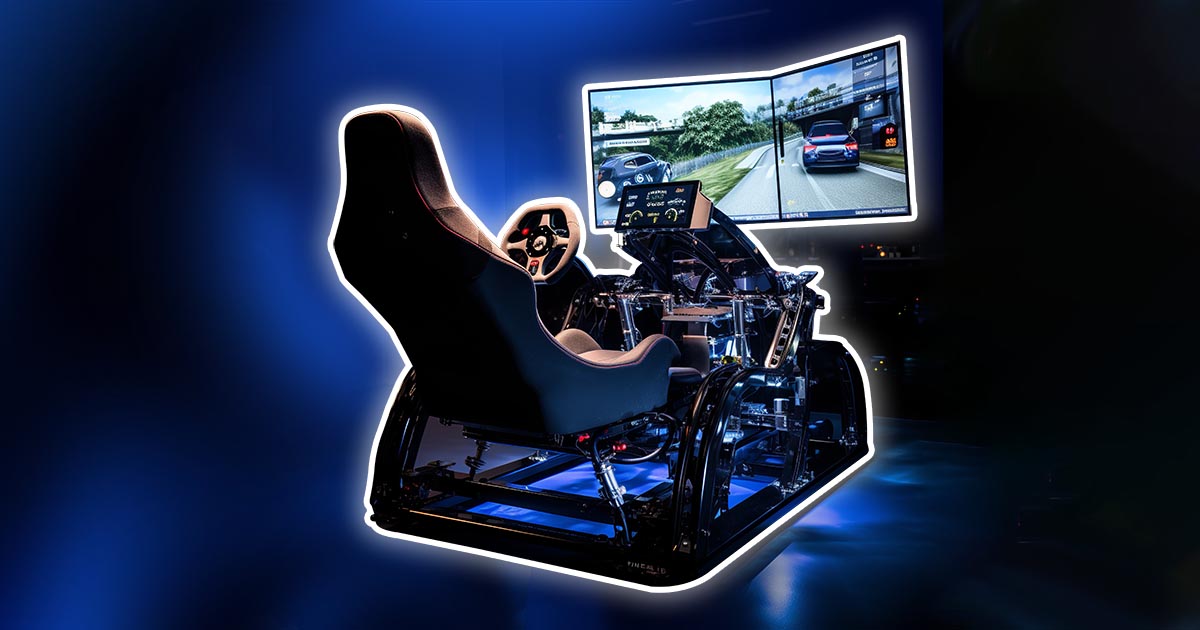

By Alexey Safonov
Head of the Automotive Unit at Promwad
Simulation in the automotive industry is used to educate, entertain and test functionality without making complex and expensive prototypes. And we help our clients release new solutions for all of these applications. In this blog post, I will show our case study on a sim racing design for our client and explore other available simulation solutions on the market.
What is Automotive Simulation?
Simulators are a system of software and hardware components that bring vehicle control and testing into a controlled virtual environment. Without automotive simulation, the development and testing of autonomous transport algorithms is simply impossible, which is why the introduction of AVs and vehicle electrification drive the simulation market.
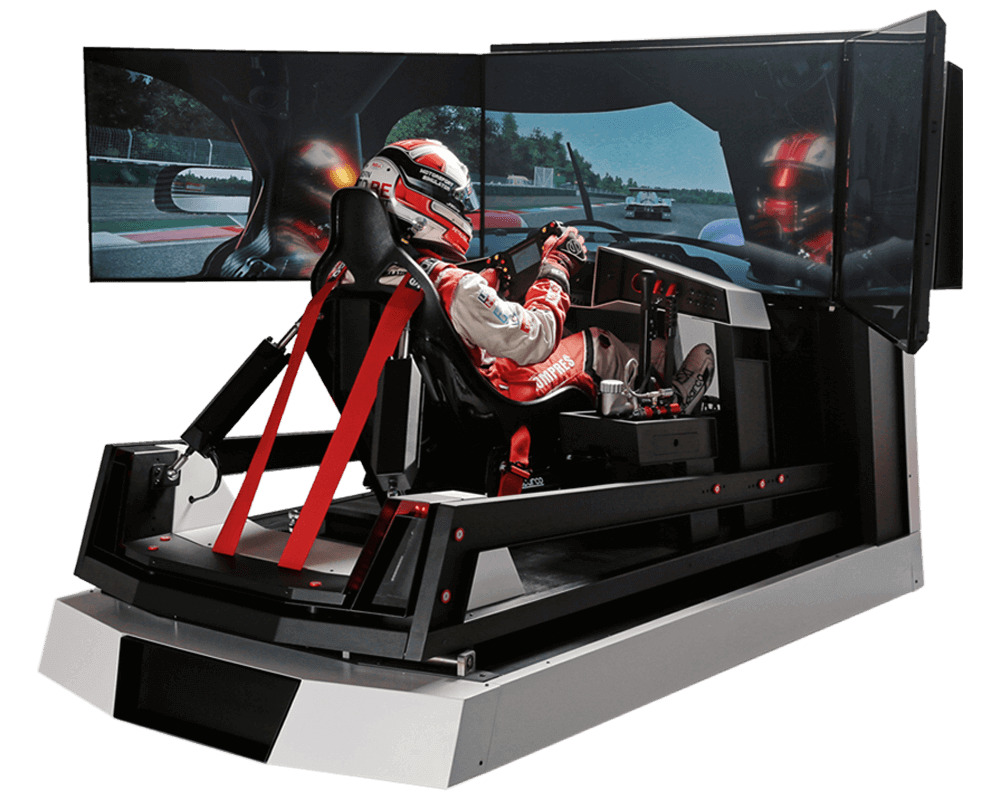
Simulator cockpit from Motorsport Simulator. Source: motorsportsimulator.com
Transport Simulation Tasks
Simulators are used to complete the following tasks:
- Train and develop driving skills on various modes of transport, preparing drivers for real-world scenarios.
- Test vehicles and systems before releasing physical prototypes to experience new configurations and performance, identify problems and improve design.
- Simulate scenarios, including emergencies, adverse weather conditions and complex road situations, so operators and drivers can practise appropriate solutions without risking their lives.
- Assess route efficiency and capacity to optimise traffic flows and reduce CO2 emissions at the same time.
Simulators, particularly racing simulators, have become an integral component in esport and gameplay. Racing simulators create the effect of driving a vehicle, providing realistic dynamics and track terrain.
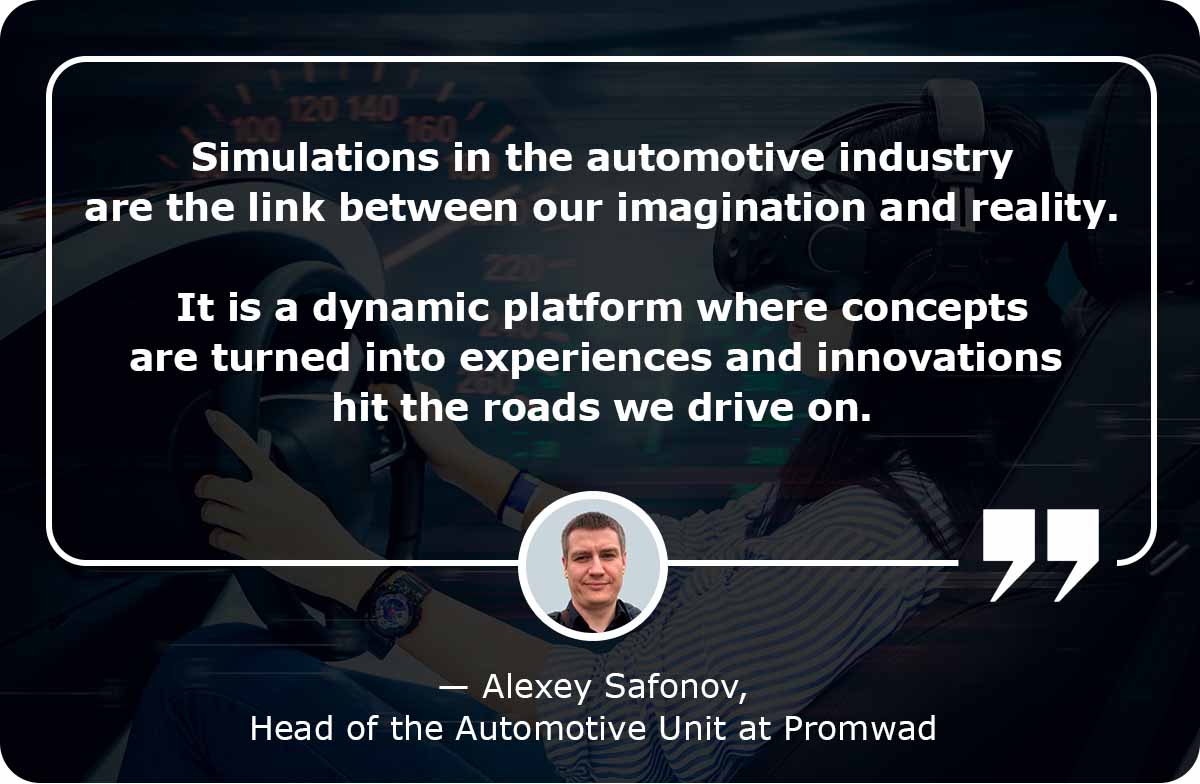
Components of Automotive Simulators
Promwad engineering expertise can be applied to the development of the following simulator components and systems:
- Automotive simulation software to create a virtual driving environment. It simulates vehicle physics, realistic tracks and dynamic weather conditions.
- Racing wheels, steering systems and pedals provide a hands-on driving experience, allowing users to precisely control a virtual vehicle.
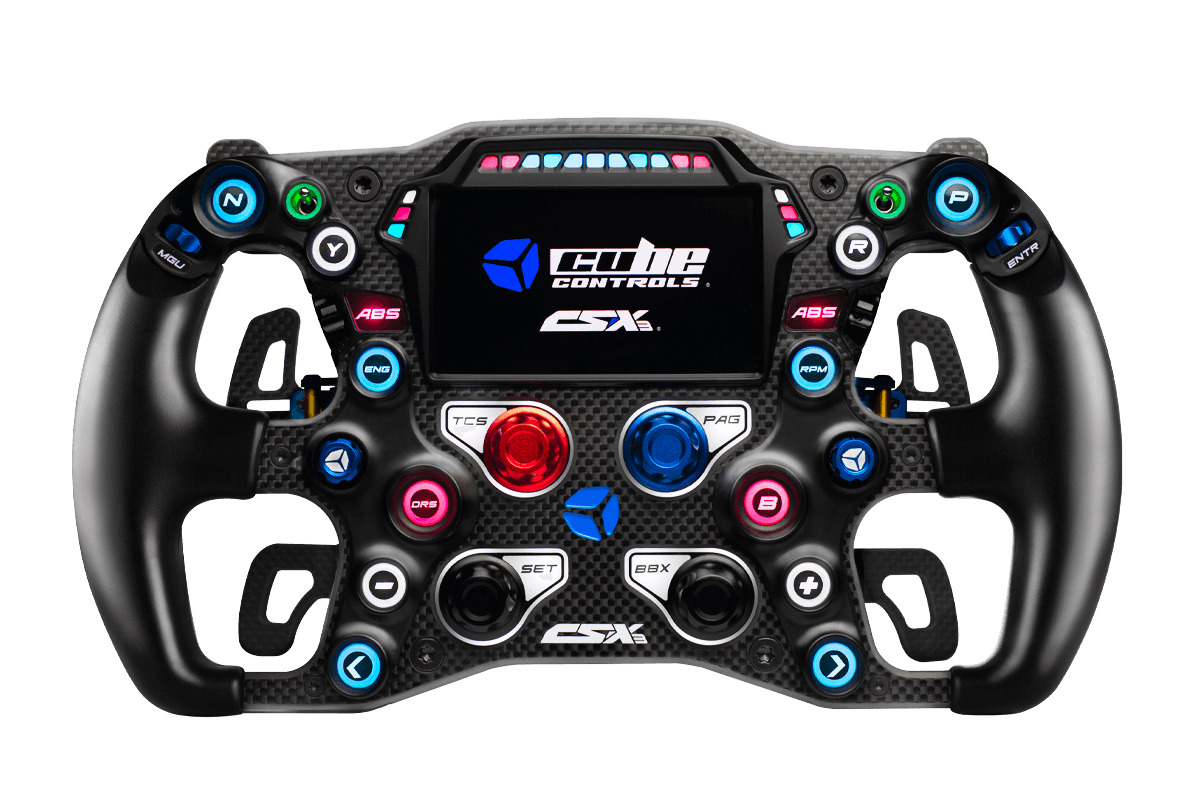
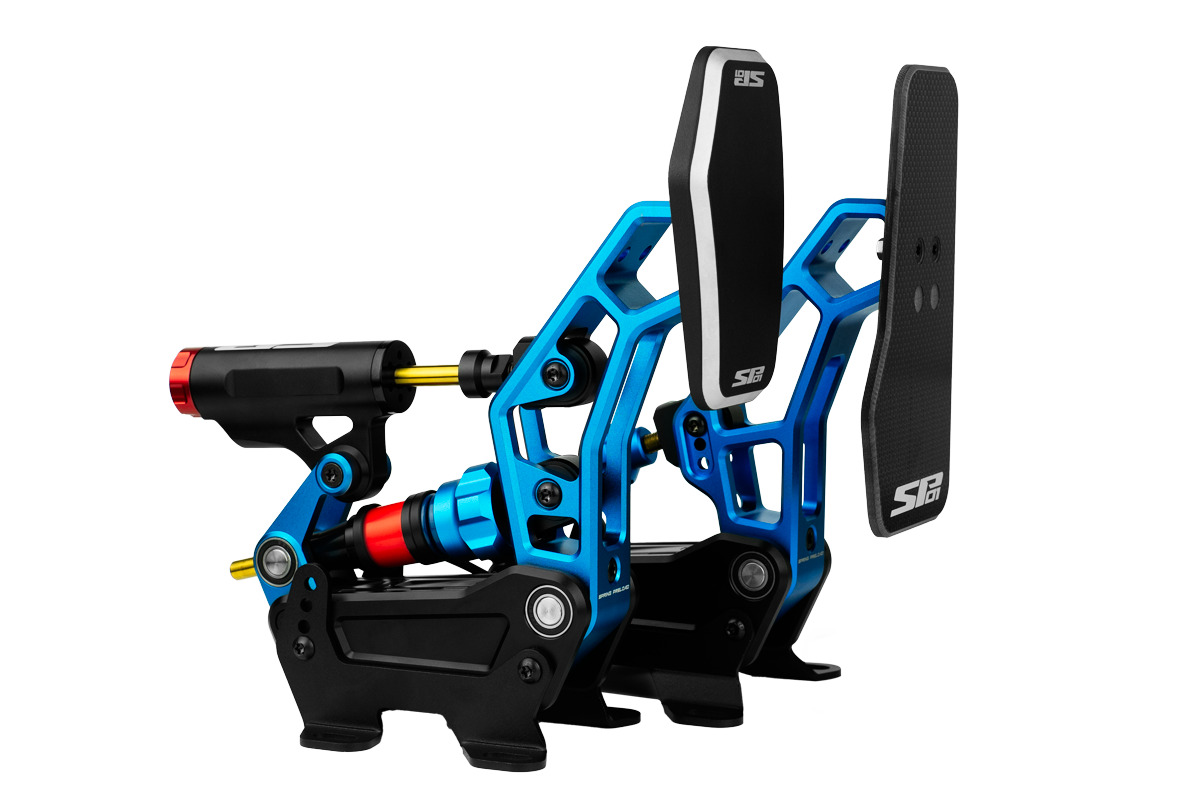
Steering wheel and pedals from Cube Controls. Source: cubecontrols.com
- Motion platforms that move and tilt to simulate acceleration, braking and driving dynamics.
- Visual display systems: screens, projectors or virtual reality (VR) headsets.
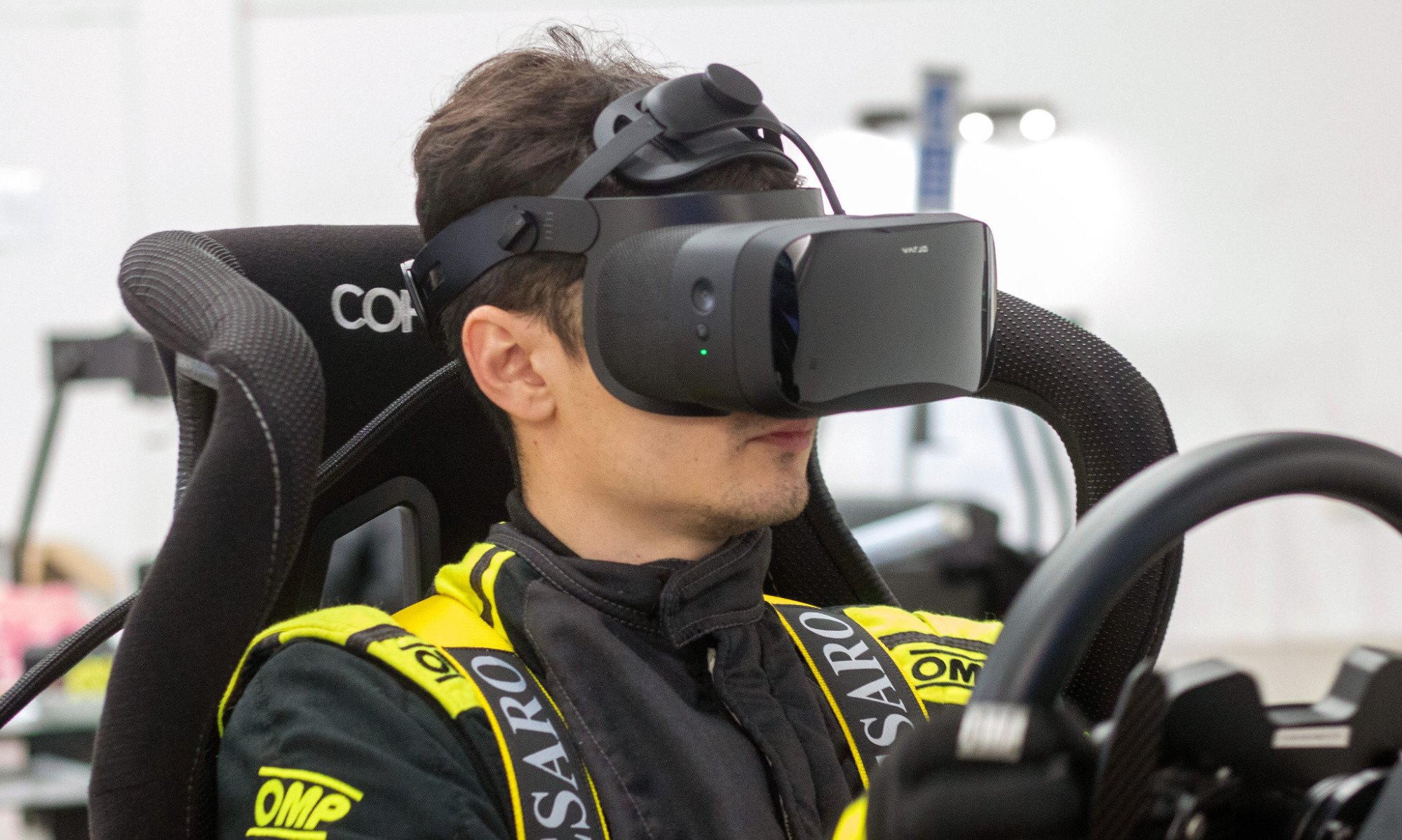
VR glasses for sim racing from Varjo. Source: varjo.com
- Telemetry and data logging systems to record and analyse driving performance. The resulting data can be useful for training and evaluating areas for improvement.
- A simulator cockpit to improve the ergonomics of various vehicles. It includes mounts for racing handlebars, pedals and shifters.
Professional Racing Simulators
Sim racing design is a popular trend in the simulation industry. Race simulation software and physical devices provide a controlled and realistic environment for professional racers to sharpen their skills by practising on different tracks and trying specific techniques and racing strategies.
The largest event showcasing the latest solutions in sim racing design is the Professional MotorSport World Expo. Here are some of the designs from the last show, which took place in November 2023 in Cologne, Germany (photos by Promwad and UKi Media):
Our Case Study. Firmware for Racing Simulators
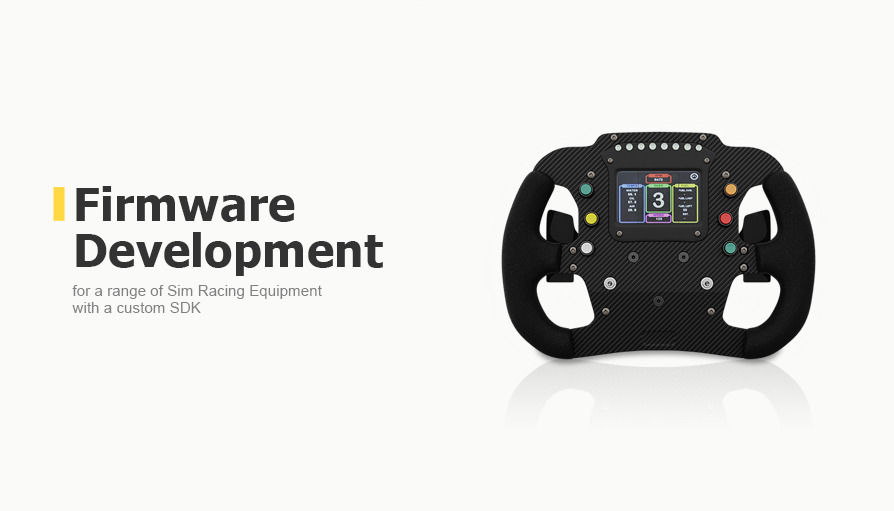
When developing firmware for sim racing hardware, our engineers solved the following problems:
- Developed new firmware for a high-end steering wheel. Low-power modes for both MCUs ensure low latency in data transfer and long battery life. With the upgraded firmware, the device stores user settings and collects statistics for analysis.
- Fixed bugs in the firmware for a wheelbase, which helps users get better feedback.
- Improved the firmware stability for the pedals and added configuration options, such as a calibration feature.
- Developed an SDK that simplifies the process of adding new features, handles backward and forward compatibility, and has a common API for interacting with devices.
Thanks to the Promwad team's technical support, the customer improved the quality of their products and gained competitive advantages.
***
Transport simulation helps manufacturers improve their mass-produced systems, test them, and provide a safe environment for training and cyber sports. Contact us if you are working on simulation development for automotive or aviation and need engineering support in hard, software, industrial design or prototype production.







































